Following the devastation of phylloxera, which reached Croatia’s vineyards in the early 20th century, only 130 indigenous varieties remain, most planted in pocket-sized parcels in small family vineyards. Approximately 40 of these native varieties are used in commercial production alongside a dozen international varieties spread across Croatia’s 20,700 hectares of vineyards.
Much of Croatia’s wine production of 69 million liters stays within the domestic market—Croatia consumes an impressive 46.9 liters per capita annually, according to a 2014 report by the Wine Institute. However, since Croatian independence from the former Yugoslavia in 1991, and the country’s entrance into the EU in 2013, the wine industry has become more organized and exports are multiplying.
Besides being the most planted grape variety in Croatia, Graševina is the most sought-after white wine. The Slavonia region is almost a synonym for this variety, where Graševina shows the best results.
The aim of this study is to evaluate the effects of ferti-activator Sanbio PLANTA on the sugar content of vine variety ´Graševina´.
This study was executed in cooperation with the famous winery KUTJEVO d.d., located in the Slavonia region, northeast of Croatia and SANBOS GmbH, Germany.
1. Background
Kutjevo is known for its wines, and the local agricultural joint stock company Kutjevo d.d. is the largest exporter of wines in Croatia.
Situated on the southern slopes of the Krndija Mountains at 200-300 meters elevation, with only 500-800 mm of rainfall, and at 45.3 degrees North, Kutjevo vineyards are on the same parallel as Piedmont, Bordeaux, Côte du Rhone and Oregon.
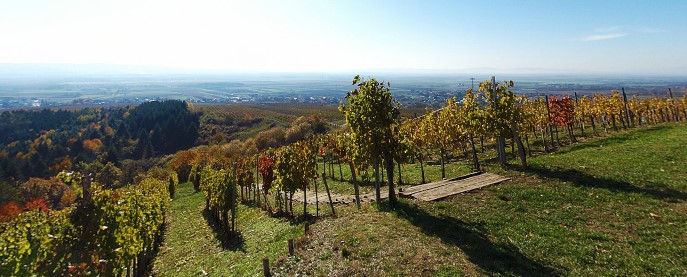
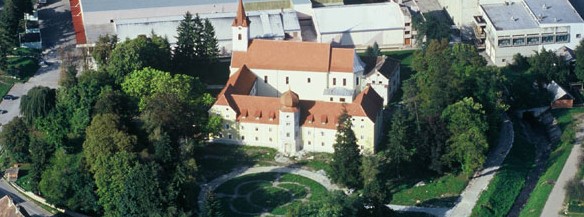
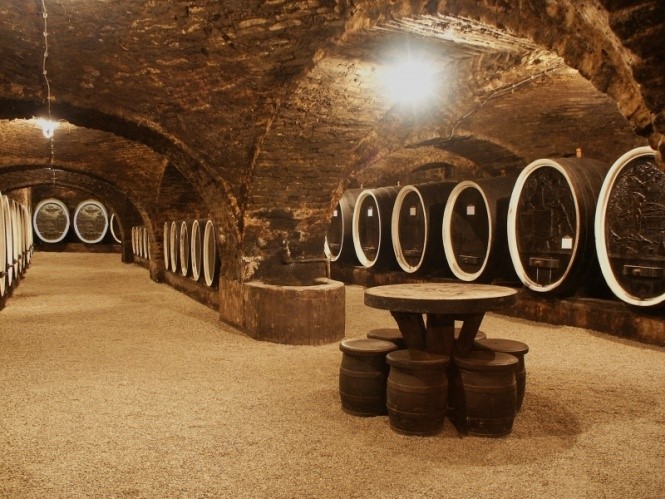
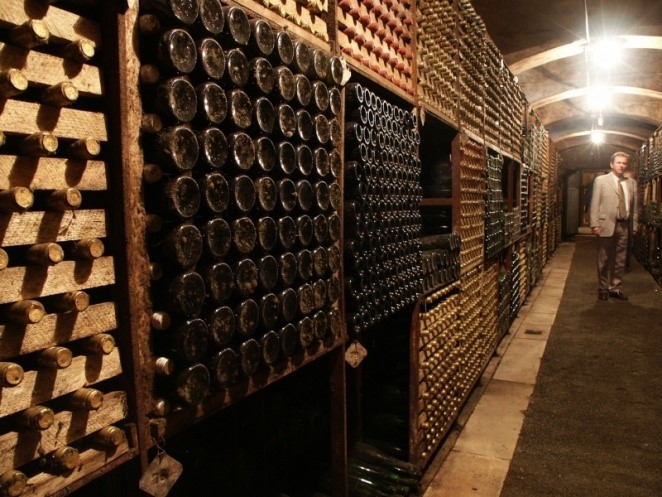
2. Materials and methods
Table 1. Basic data
| Season | 2014 |
| Location | Croatia, Slavonia region, Vinkomir, Kutjevo 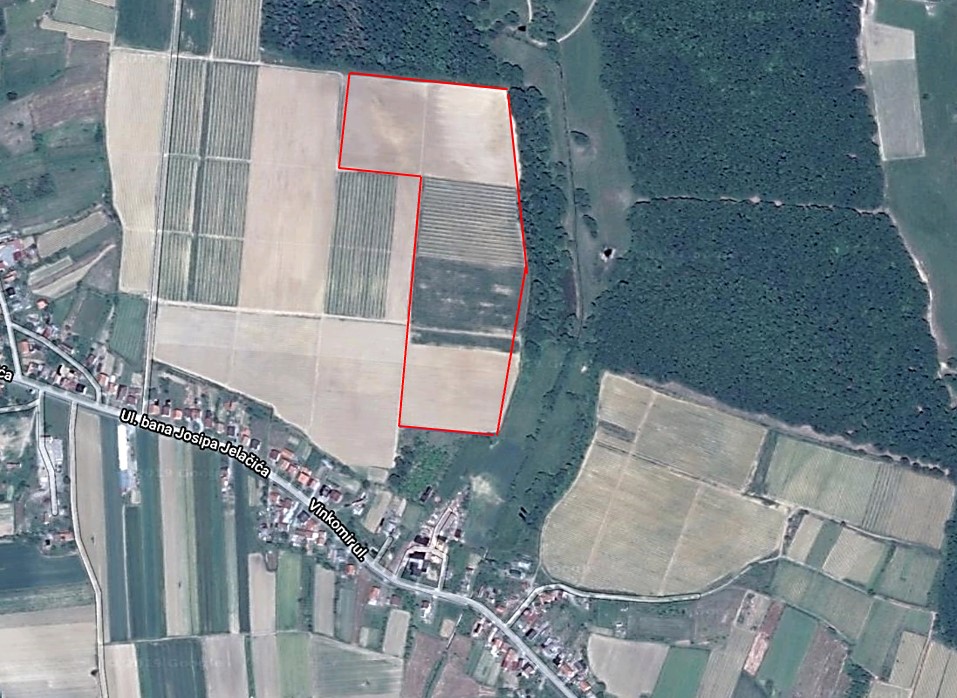 Picture 1. Vineyard and trial area (Source: www.google.com) |
| Direction | South-Southwest |
| Organization | KUTJEVO d.d. |
| Crop | Vine |
| Variety | Graševina |
| Method | 2-way-Gyoti, distance between plants 2.8 x 9m, 18 eyes per vine |
| Climate | Continental, with warm, dry summers and cold winters |
| Rainfall | Annual 500-800mm |
| Test product | Sanbio PLANTA, manufactured by SANBOS GmbH, Germany |
| Dosage | 3kg total, diluted into fresh water, sprayed onto ground around the vine, 1 liter ready-to-use solution per vine |
| No. of applications | 1 |
| Date of planting | 2009 |
| Date of application | 10/04/2014 |
| Date of harvest | 15/10/2014 |
| Scoring | Sugar content |
Table 2. Product presentation of Sanbio PLANTA
| Product name | Composition | Description | Application |
| Sanbio PLANTA | Activated blend of natural seaweed, nutrients, trace elements, selectively and adapted highly effective natural bacterial cultures and mycorrhiza fungi, activated by SANBIO Biocatalytical Stimulation Technology | Fertilizer and biological activator (certified in France, Germany, EC, USA)Stimulation of plant growth and immunityBetter protection against fungal diseases and biotic and abiotic stressBetter control of factors favorable to plant growthBetter germination and growth of vegetation and development of roots and shootsColonization of roots by beneficial microorganismsBetter mobilization and assimilation of nutrientsEarly flowering and maturationIncreased production and improved quality | Dosage: 1.5 kg / ha in 200-500 l of water No. of application: 1-2 Mode of application: Soil application Stage of application: 3-5 leaf stage |
3. Results
Table 3. Productive performance
| Parameter | Unit | Control | Sanbio PLANTA |
| No. of plant | N | 720 | 720 |
| Acid total | g/l | 8.9 | 8.95 |
| SO4 total | mg/l | 12.8 | 15.36 |
| Sugar content | ° Öe % Brix | 68 16.6 | 81 19.6 |
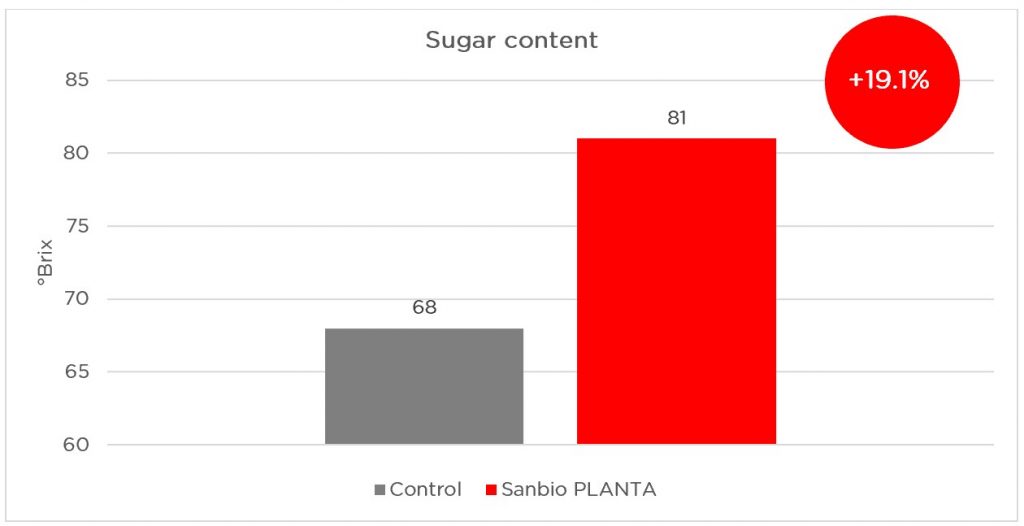
Figure 1. Sugar content in °Brix
4. Conclusion
To summarize, the present study shows significantly positive effects of ferti-activator Sanbio PLANTA on productive performance of vine.
The positive effects at glance:
- Higher sugar content (+19.1%)